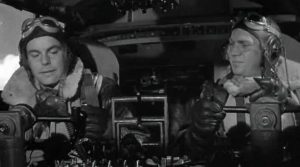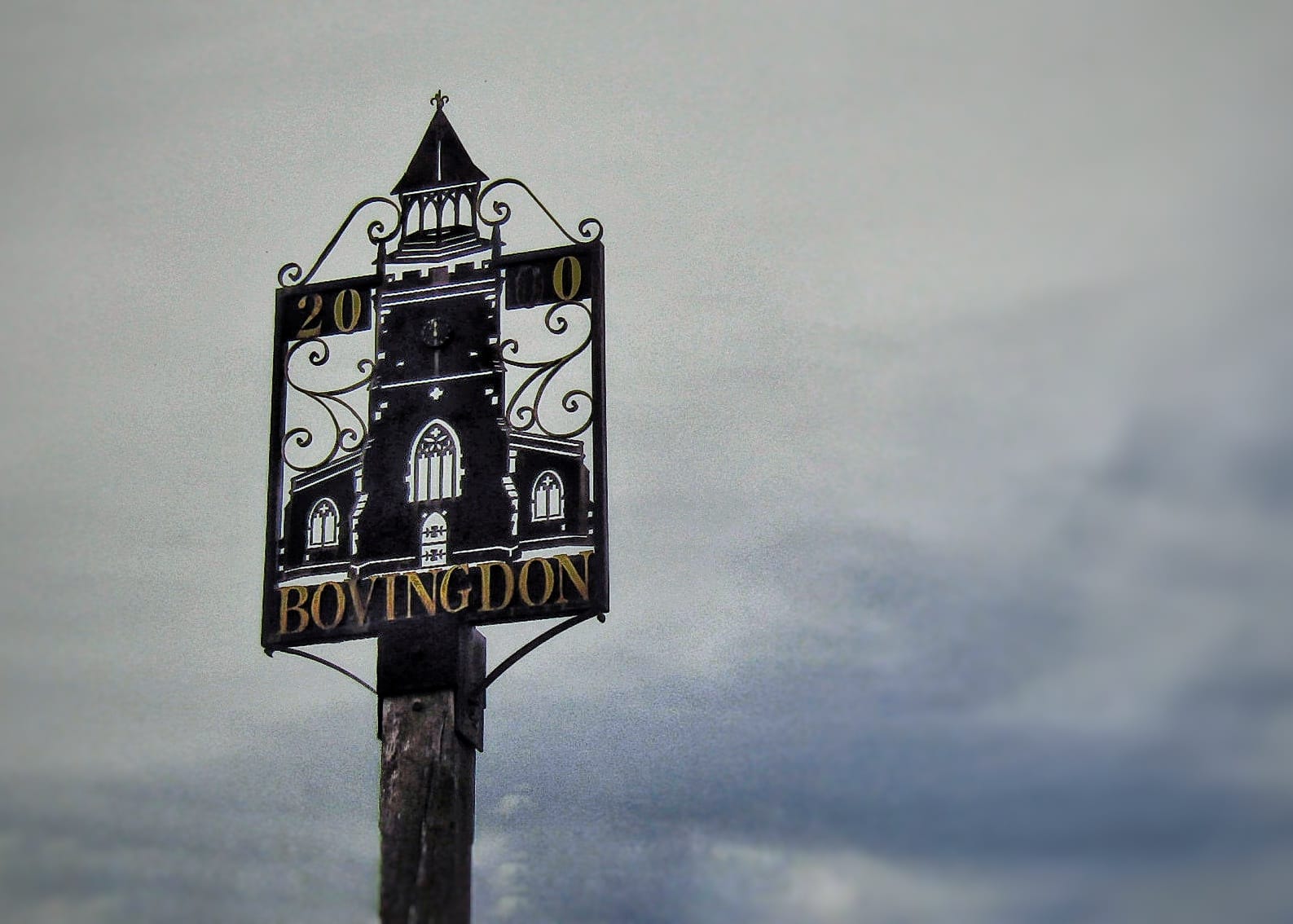The Bovingdon Bug
An extract from ‘Graham Young, the St. Albans Poisoner’
By Johnny Sharp – CrimeLibrary.com
As it turned out, the new recruit at John Hadland Ltd. had no need to avail himself of the substances available on site. He had already been to London armed with the same fake ID of “M.E. Evans” that he had used as a teenager, and bought a new batch of “antimony potassium tartrate” (the full name by which he insisted on calling it) and thallium from a West End chemist. Within days of starting work at Bovingdon, the new boy happily accepted the job of making tea for his workmates.
The first colleague Young made friends with was 41-year-old Ron Hewitt, who was soon to leave the firm but had stayed on for a few weeks to show the new boy the ropes so he could take over his job.
Two older members of staff, 59-year-old storeroom manager Bob Egle and 60-year-old stock supervisor Fred Biggs, also befriended Young, lending him cigarettes and money for his bus fare. However, after a time Egle began to spend periods off work ill. Around the same time, Ron Hewitt developed diarrhea, sharp stomach pains and a burning sensation in the throat after drinking a cup of tea fetched by Young. The symptoms lasted a few days, but doctors could only suggest food poisoning or gastric flu. When he was well enough to return to work, though, the symptoms promptly returned, invariably after drinking tea. Over the next three weeks he suffered no fewer than twelve bouts of this mysterious illness.

After leaving the company Hewitt had no further symptoms, while Bob Egle also recovered after a holiday. However, the day after returning to work, Egle’s fingers went numb, and he couldn’t move without agonizing pain. By the time he was taken to hospital, numbness had spread through his body until he was virtually paralyzed, and unable to speak. To the horror of his workmates, he died 10 days later, on July 7, 1971. The cause of death was officially bronchial pneumonia arising from an unusual type of polyneuritis known as the “Guillan-Barre syndrome.”
“It’s very sad,” said Graham to colleagues, “that Bob should have come through the terrors of Dunkirk (a crucial battle of World War Two) only to fall victim to some strange virus.” Such was Young’s very vocal concern, he was chosen to accompany the firm’s managing director to the cremation.
In the weeks following Egle’s death, the staff at Bovingdon tried to put the tragic incident behind them. Yet the rather work-shy young storeroom assistant insisted on continually musing about possible medical causes for Bob Egle’s bizarre symptoms. Then in September 1971 Fred Biggs also began to suffer the same symptoms. And he wasn’t the only one.
Young’s fellow storeroom worker Jethro Batt, 39, was made a cup of coffee by Graham one evening, but threw it away complaining it tasted bitter. “What’s the matter?” asked Young. “D’you think I’m trying to poison you?” 20 minutes later Batt vomited and felt intense pain in his legs. Fellow staff members Peter Buck and David Tilson also suffered. In the case of Batt and Tilson, their hair fell out, leaving the latter, as doctors described him, “looking like a three-quarter plucked chicken.” Young had administered various doses of different poisons among his workmates, designed to confuse doctors looking for a common cause of the complaints. These manifested themselves in a number of unlikely ways. A receptionist, Mrs. Diana Smart, complained of suffering from foul smelling feet for months, while Buck and Tilson were rendered impotent for some weeks after their initial illness. “I was going around with several girls at the time,” Tilson later related in court, “and I became useless in bed.”
Their ailments were put down to some kind of virus in the local area, which became known as “the Bovingdon Bug.” By unfortunate coincidence, a stomach bug had spread among the village children on a couple of occasions in the preceding months. Many workers speculated, just as the residents of Neasden had a decade before, that a contaminated water supply might be the cause. Others suspected radioactivity from experiments in a nearby airfield could be the culprit.
If this was the same virus that had spread among the village’s children, it had certainly assumed a virulent new form. After briefly recovering from his first experience of Young’s unique approach to coffee-making, Jethro Batt fell ill again, and after a few days he was in such pain he later said he contemplated suicide. He remained in hospital for some weeks.
Fred Biggs’ condition was the worst of the new outbreak. His condition deteriorated to the point where his skin began to peel off, and the pain was such that he could not stand the weight of a bed sheet on his body.
Even that was not serious enough for Young’s liking, it appears. “‘F’ (Fred) is responding to treatment,” he was later discovered to have written in his diary. “He is being obstinately difficult. If he survives a third week he will live. I am most annoyed.”
Young’s pessimism was misplaced. On November 19 death finally came to Fred Biggs, as merciful release.
Read more »






